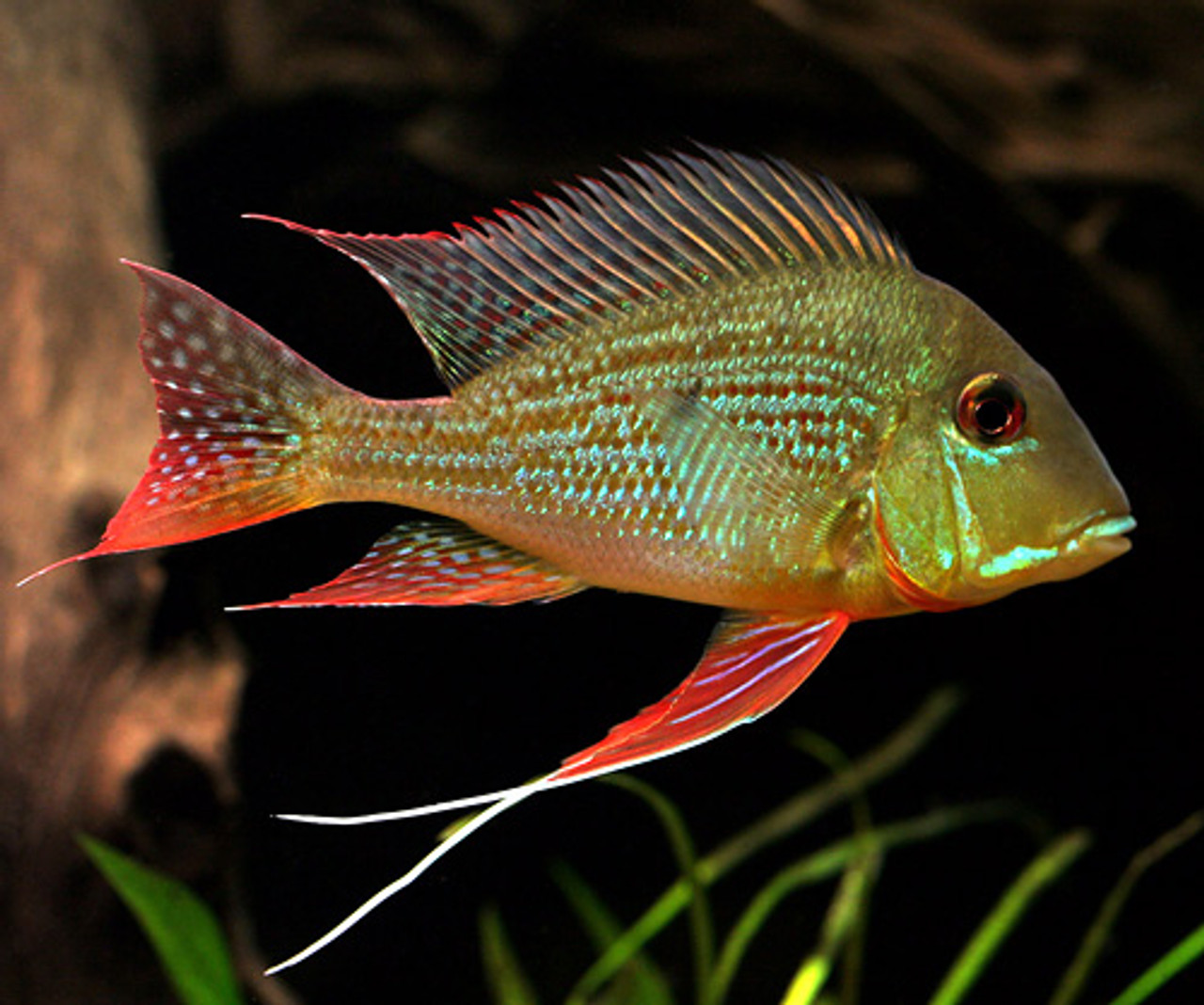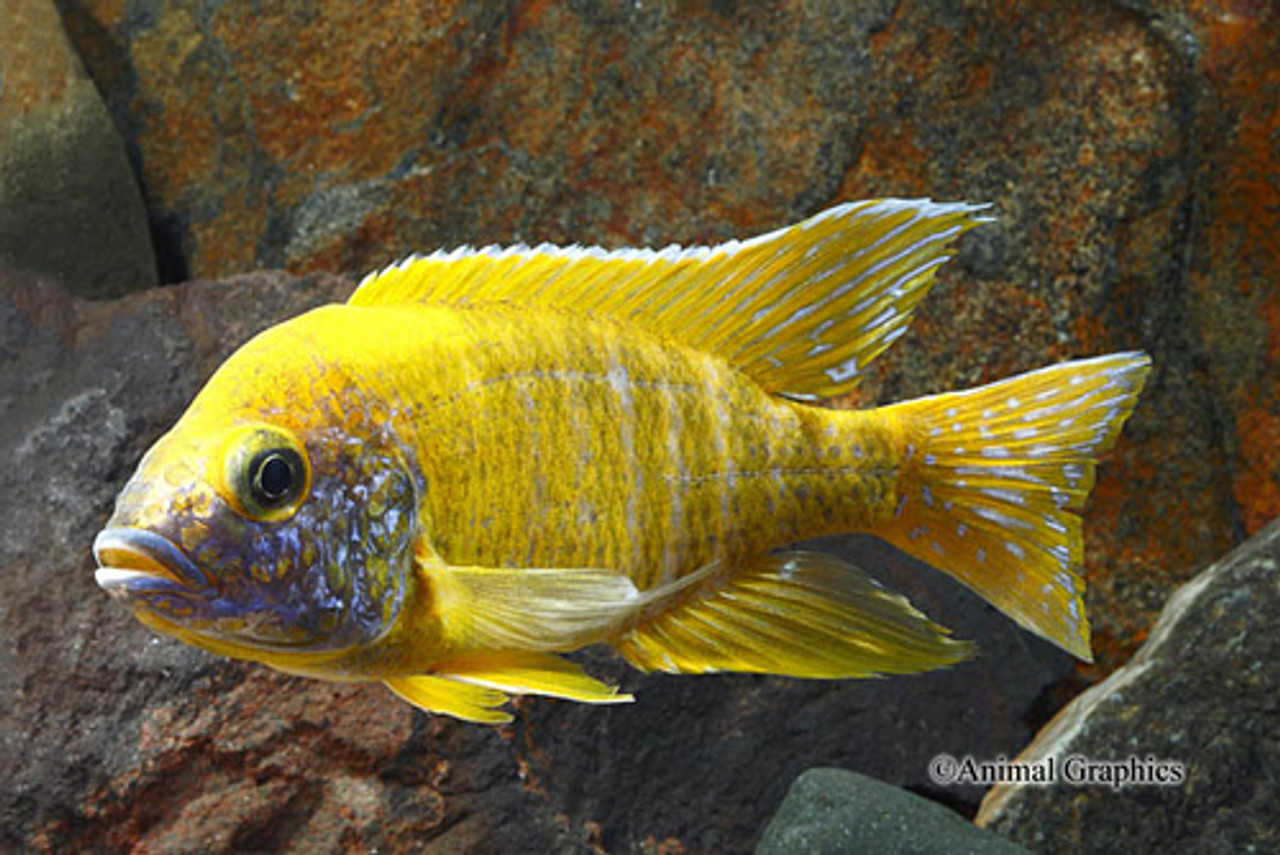Cichlid Large
Cichlid large, also known as Geophagus Altifrons, is a fascinating fish species that many aquarium enthusiasts love to keep. Its stunning colors and unique behaviors make it a popular choice among aquarists. In this article, we will dive deeper into the world of cichlid large and explore its characteristics, habitat, and how best to care for them.
Pain Points related to Cichlid Large
Although cichlid large is a popular species among aquarium enthusiasts, there are still some pain points you should be aware of before taking one home. For example, cichlid large requires a large tank of at least 100 gallons or more, which may not be feasible for everyone. They are also territorial and aggressive towards other fish, making it challenging to add other species to the tank. Finally, cichlid large can be susceptible to certain diseases such as ich and bacterial infections, which can be tricky to treat.
The Target of Cichlid Large
Cichlid large belongs to the Cichlidae family, which is native to South America. They are typically found in the Amazon River basin, where they feed on insects, crustaceans, and other small fish. Cichlid large grows up to 12 inches in length and has a lifespan of up to 10 years in captivity. They are known for their stunning blue and green hues and unique behavior, such as creating pits or mounds in the substrate as breeding sites.
Summary of Main Points
In summary, cichlid large is a beautiful and unique fish species that requires a large tank and plenty of care. They are aggressive towards other fish, making them best suited for a species-only tank. Additionally, they are susceptible to certain diseases, which can be challenging to treat. However, with proper care and attention, cichlid large can thrive in captivity and provide a beautiful addition to your aquarium.
My Personal Experience with Cichlid Large
As an aquarium enthusiast, I was always drawn to the striking colors and unique behavior of cichlid large. I decided to add a pair to my tank, and I was amazed at how quickly they established their territory and created a breeding pit. However, I did notice that they were aggressive towards other fish, and I had to remove them from my community tank. Since moving them to a species-only tank and providing them with plenty of hiding places, my cichlid large have thrived and provided me with endless entertainment.
Care for Cichlid Large
Caring for cichlid large requires a large tank with plenty of rocks, driftwood, and hiding places. They also prefer a substrate of fine sand to create their breeding pits or mounds. Cichlid large is an omnivorous species, and their diet should consist of a mix of high-quality flakes, pellets, and frozen or live foods. They prefer slightly acidic to neutral water with a pH between 6.0-7.5, and a temperature range of 75-82°F. Regular water changes are essential to maintain good water quality and prevent disease.
Behavior of Cichlid Large
Cichlid large is known for its unique behavior, making them a fascinating species to observe. They are typically peaceful towards their own kind, but can be aggressive towards other fish. During breeding, males will create large pits or mounds in the substrate to attract females. They will guard the nest and eggs aggressively, making it essential to provide plenty of hiding places.
Appearance of Cichlid Large
Cichlid large has a stunning appearance, with vivid blue and green hues covering their body. They have a long and slender body, with a pointed snout and large fins. Males are typically larger and more colorful than females.
Question and Answer
Q: Can cichlid large be kept with other fish?
A: While it is possible to keep cichlid large with other fish, they are known to be aggressive towards other species. It is best to keep them in a species-only tank or with other cichlids of similar size and temperament.
Q: What is the ideal tank size for cichlid large?
A: Cichlid large requires a large tank of at least 100 gallons or more.
Q: What type of food should I feed cichlid large?
A: Cichlid large is an omnivorous species and will thrive on a mix of high-quality flakes, pellets, and frozen or live foods. They also enjoy vegetable matter such as spirulina and algae wafers.
Q: Are cichlid large susceptible to any diseases?
A: Yes, cichlid large can be susceptible to certain diseases such as ich and bacterial infections. It is essential to maintain good water quality and perform regular water changes to prevent the onset of disease.
Conclusion of Cichlid Large
Cichlid large is a unique and fascinating fish species that requires plenty of care and attention. While they can be challenging to keep, they provide endless entertainment and beauty to any aquarium. By providing them with a large tank, proper diet, and good water quality, you can enjoy the stunning colors and unique behavior of cichlid large for many years to come.
Gallery
Acarichthys Heckelii Cichlid LARGE - Bluegrassaquatics.com

Photo Credit by: bing.com / heckelii acarichthys cichlid bluegrassaquatics
Cichlid | San Diego Zoo Animals & Plants

Photo Credit by: bing.com / cichlid peacock fish species aulonocara cichlids tank mates bass animals aquarium care different freshwater genus varieties zoo guide sandiegozoo
Cichlid | Fun Animals Wiki, Videos, Pictures, Stories

Photo Credit by: bing.com / cichlid american south fish cichlids african aquarium tropical beautiful freshwater family central tank species malawi keep swordtail
Geophagus Altifrons Cichlid LARGE - Bluegrassaquatics.com

Photo Credit by: bing.com / geophagus altifrons cichlids cichlid freshwater surinamensis pellegrini xlg akvaforum geir kristiansen betta در گیاه صلح رفتار حتی کنار جنوبی ارام
Sunshine Peacock Cichlid LARGE - Bluegrassaquatics.com

Photo Credit by: bing.com / cichlid cichlids
